OF THE
TIMES
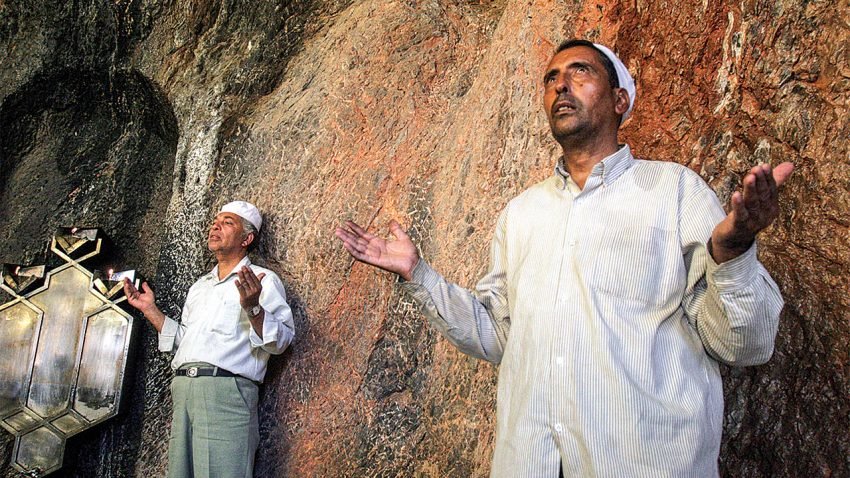
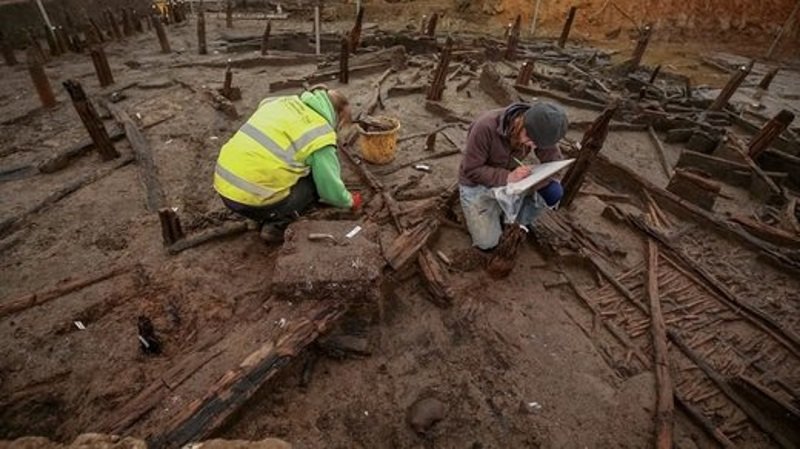
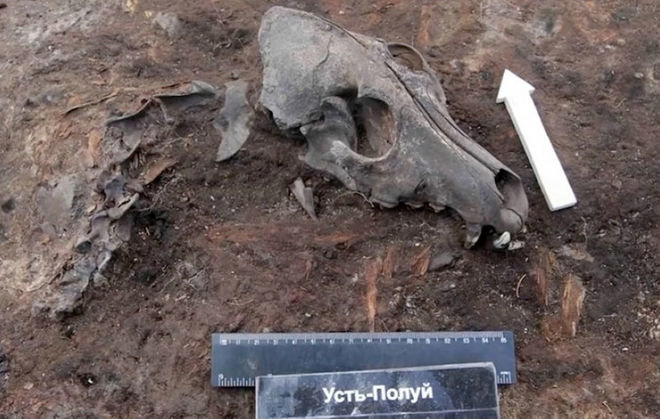
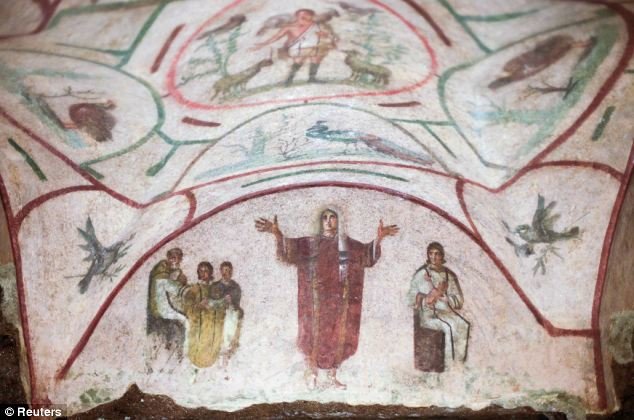
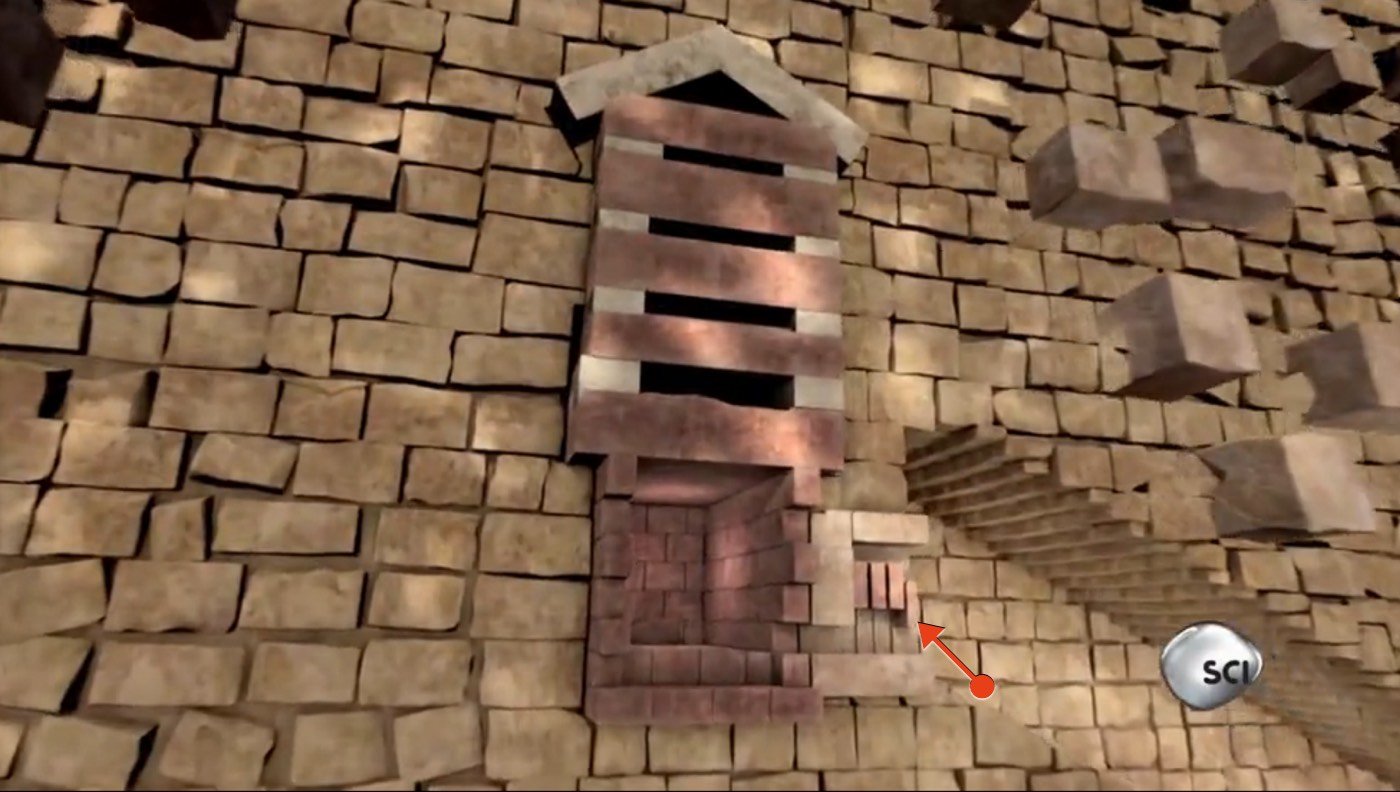
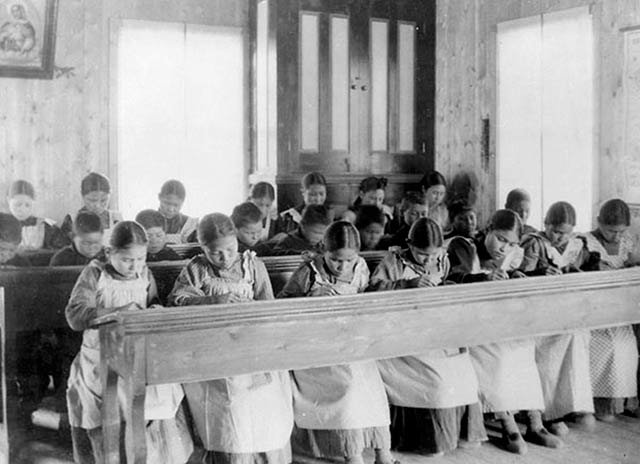
"In order to insure the civilization of the Indians entering into this treaty ... they, therefore, pledge themselves to compel their children, male and female, between the ages of six and sixteen years, to attend school."
The form of colonialism that the Indigenous peoples of North America have experienced was modern from the beginning: the expansion of European corporations, backed by government armies, into foreign areas, with subsequent expropriation of lands and resources. Settler colonialism requires a genocidal policy. Native nations and communities, while struggling to maintain fundamental values and collectivity, have from the beginning resisted modern colonialism using both defensive and offensive techniques, including the modern forms of armed resistance of national liberation movements and what now is called terrorism. In every instance they have fought and continue to fight for survival as peoples. The objective of US authorities was to terminate their existence as peoples—not as random individuals. This is the very definition of modern genocide.
Comment: Behind the Headlines: Assassinated Heroes